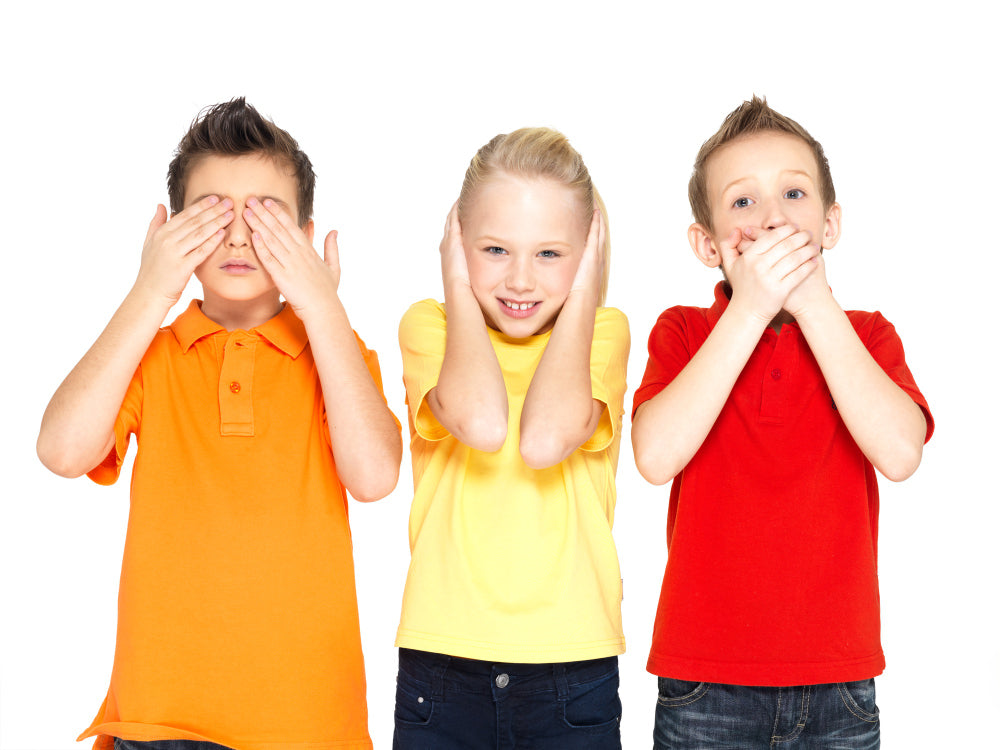
Non-Verbal Cues to Pick Up On With Your Kids
Share
What isn’t said is often just as important as what is. According to experts, non-verbal cues play a major role in communication, perhaps even as high as 93%!
As your child develops communication skills, they will use a range of non-verbal cues to convey messages or feelings. In particular, young children may not yet have the words to express themselves, which is why paying attention to their body language can help you understand their needs.
While every child is unique and will have their own non-verbal “language,” here we’ll analyze some common non-verbal cues, as well as tips for improving your child’s ability to read body language.
Why Focus on Non-Verbal Cues?
New parents often hear the advice to keep talking to their children to boost their language readiness. While that’s a key part of development, you should also consider how you’re demonstrating non-verbal communication.
Mastering non-verbal cues can help kids refine their social skills and build their overall emotional intelligence, including aspects such as:
- Better “reading” others’ emotions
- Improving communication skills
- Enhancing listening skills
- Building stronger relationships
General Guide to Your Child’s Non-Verbal Cues
Body language in kids can manifest in diverse ways. If you’re looking to understand your child’s non-verbal cues and better model great communication, here’s a guide to common gestures.
1. Body Language
Positive cues: Nodding head, sitting up straight, facing the same direction, opening arms, etc.
Negative cues: Fidgeting, shaking head, slouching, facing another direction, crossing arms, etc.
Your child’s posture can speak volumes. “Open” positions such as facing the person and leaning in show a high level of attention. However, “closed” positions like crossing arms demonstrate that your child is unreceptive or even feeling frustrated.
2. Hand Gestures and Touch
Positive cues: Hand on shoulder, high-fiving, fist-bumping, thumbs-up, hugging, etc.
Negative cues: Wringing hands, holding palm in “stop sign,” shaking finger, wild gesturing, etc.
Every child has a different level of comfort with touch. While some love hugs and cuddling, others may feel more at ease with a high five or a thumbs up. Some kids may also fidget or wring hands if they’re feeling nervous or uncertain.
3. Tone of Voice
Positive cues: Pleasant tone, easy talking speed, right volume, use of “hmm” or “uh-huh,” etc.
Negative cues: Raised voice, sarcastic tone, distracted speech, etc.
Shop ThinkPsych Products
You should also keep your ears open for the speaker’s tone, speed and volume of their voice. Kids may use an annoyed or sarcastic tone when trying to communicate frustration, or too-fast speech when they’re overexcited.
4. Facial Expressions
Positive cues: Smiling, widening eyes, winking, etc.
Negative cues: Frowning, raising eyebrows, rolling eyes, pursing lips, etc.
Kids’ emotions are often hiding in plain sight on their faces. Smiles, wide eyes and open expressions are often signs of contentment and interest. Meanwhile, if your child notices you raising your eyebrows or pursing your lips, they may feel like you’re angry or dismissive.
5. Eye Contact
A vital element of facial expressions is eye contact. Making eye contact while communicating is a way of showing attention and interest. Some kids who are shy, easily distracted or have special needs may struggle to do this.
6. Space and Physical Boundaries
Finally, respecting others’ physical boundaries is important. If your child stands too close or too far away from the speaker, they might accidentally convey the wrong message. It’s important to teach your child the right distance to connect with others without intruding on their personal space.
How to Improve Non-Verbal Cues and Communication
As you work on improving your child’s non-verbal communication skills, focus on activities that inspire emotional awareness and allow for practice of appropriate cues.
1. Model Non-Verbal Cues
Be sure that you’re showing your child positive non-verbal cues. It’s common for parents to be distracted by their phones or use a flat tone after a long day at work. Instead, try to model the positive non-verbal cues you want your child to pick up on.
2. Leverage Joint Attention
Joint attention, or focusing on a task together with your child, is an excellent way to practice non-verbal cues. Your kid will get an up-close look at how to pay attention and collaborate with another person through joint attention tasks, such as building a tower, baking cookies and more.
3. Play Non-Verbal Games
Who said non-verbal communication is no fun? There are plenty of enriching games that can help your child boost their non-verbal skills. For example, playing charades or “social spy” (when you look for somebody who is angry, sad, happy, etc.) are great ways to attune your child’s reading of body language.
4. Turn the Sound Off
Have your kid watch a TV show without the sound, or page through a picture book without reading the words. This way, your kid will have to try and guess what’s happening in the story through non-verbal cues. “Silent snack time,” where kids tell stories without speaking, is another superb way to practice this.
5. Act Out Emotions
In addition, you can practice using appropriate non-verbal communication through acting games. Have fun trying out different tones of voice with the same sentence, or drawing pictures of different emotions for your child to act out. This type of practice will help your child stay aware of others’ body language.
Enhance Your Child’s Non-Verbal Cues on ThinkPsych
Non-verbal communication is an essential step in your child’s development. Take advantage of our tips above to model better non-verbal cues and improve your child’s communication skills!
Ready to boost your child’s emotional intelligence? Check out our social emotional learning games and get more expert-backed insights on our ThinkPsych blog!
References:
- Kids Konnect, Nonverbal Communication in Children, https://kidskonnect.com
- Raising Children Network, Nonverbal Communication: Body Language and Tone of Voice, https://raisingchildren.net.au
- Famly, What Does Your Own Body Language Say to Children?, https://www.famly.co
- University of Texas Permian Basin, How Much of Communication Is Nonverbal?, https://online.utpb.edu
- UNICEF, How to Communicate Effectively With Your Young Child, https://www.unicef.org
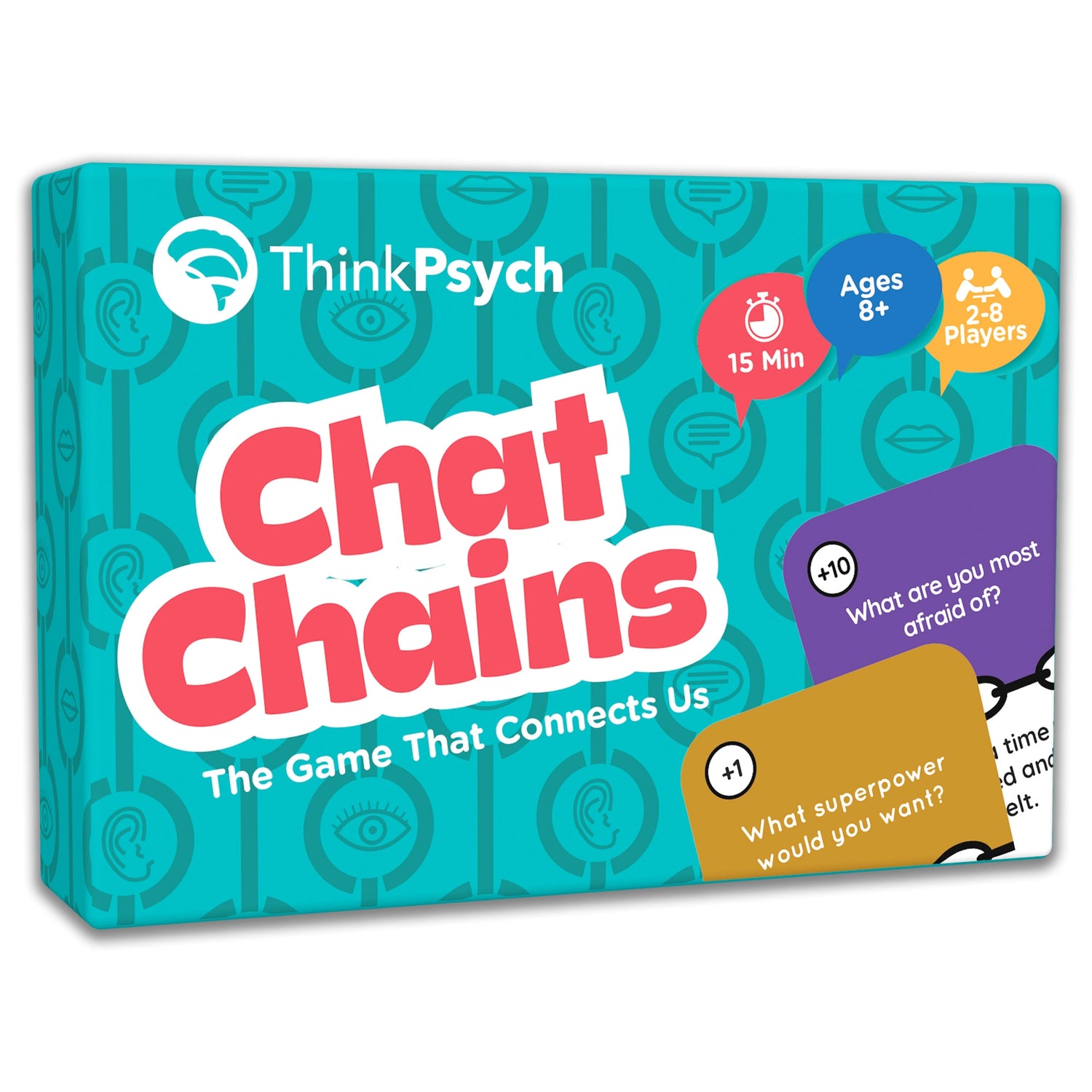

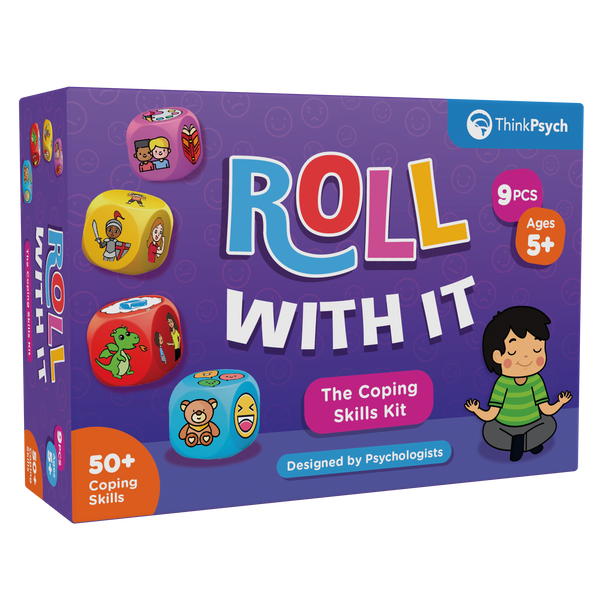
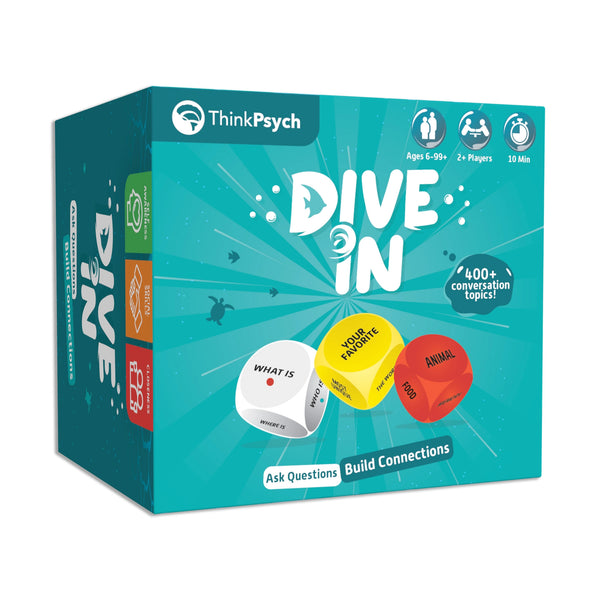
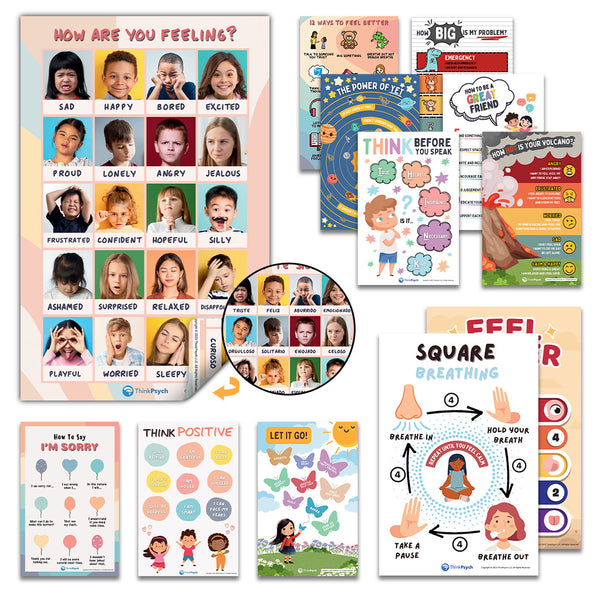
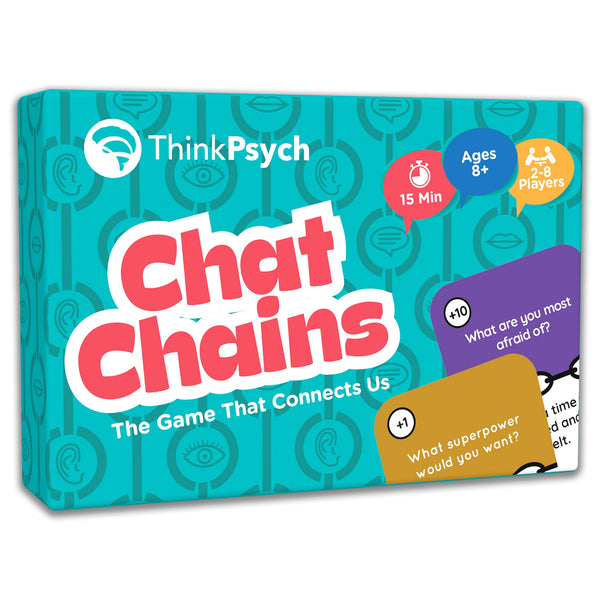
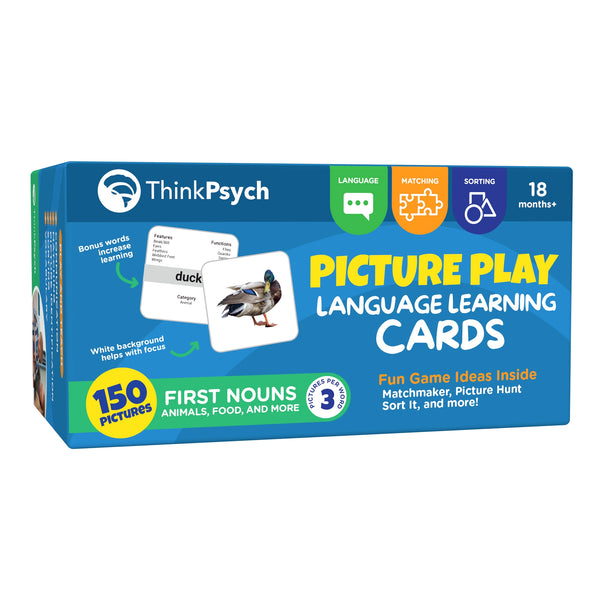



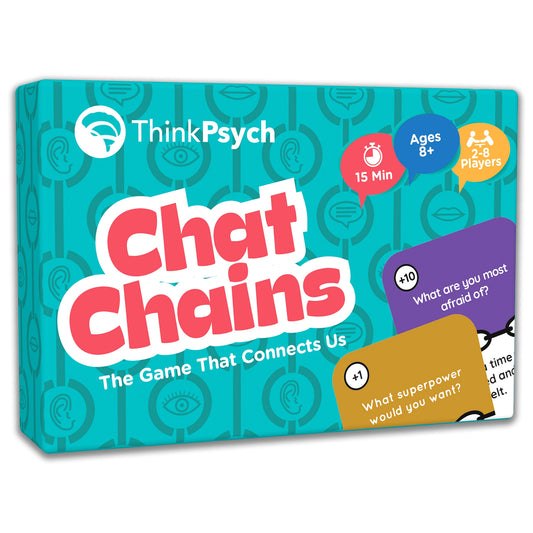
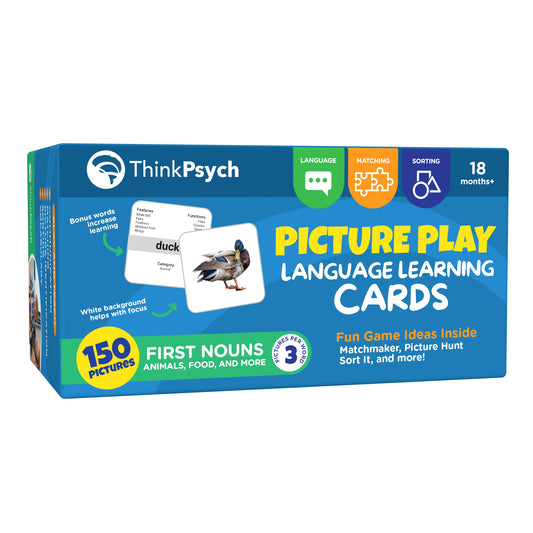
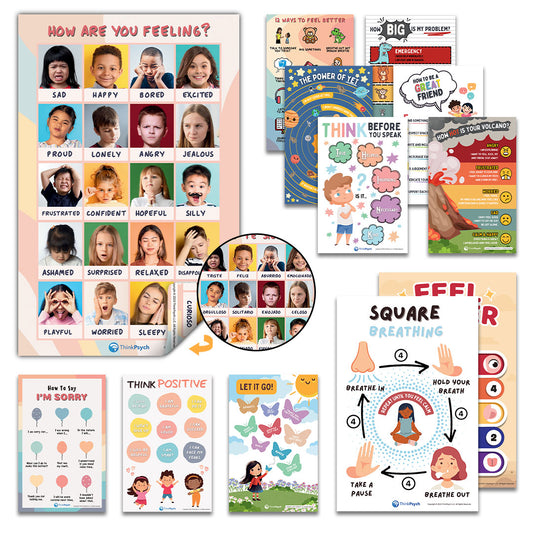
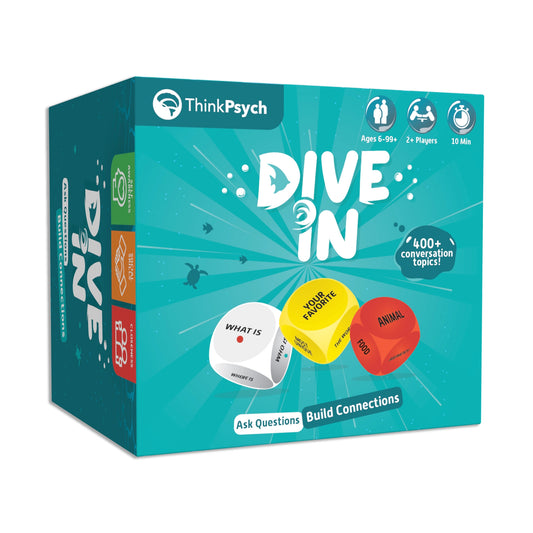
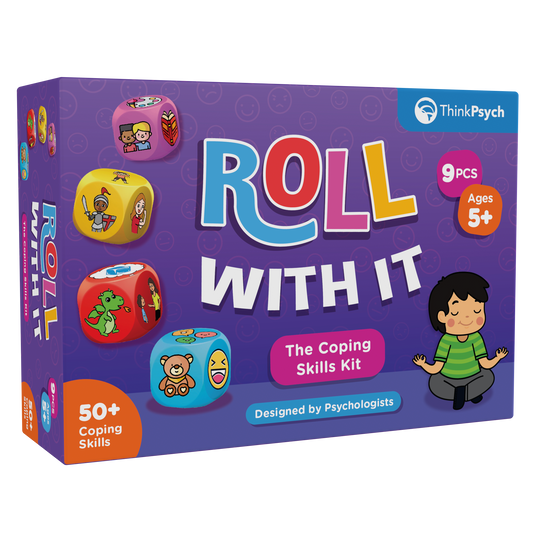

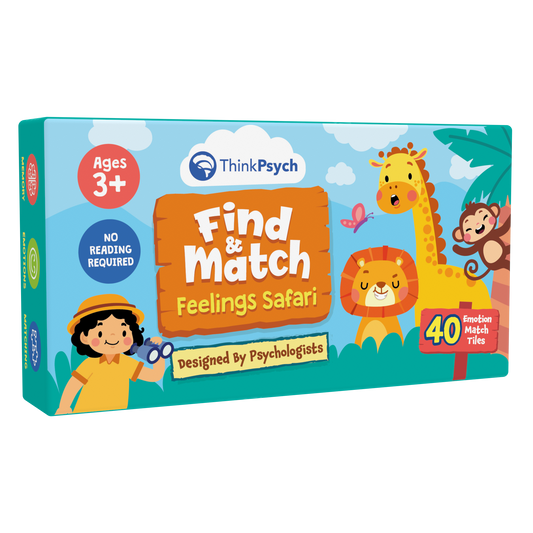

1 comment
Are there any books you can recommend on the body language of children